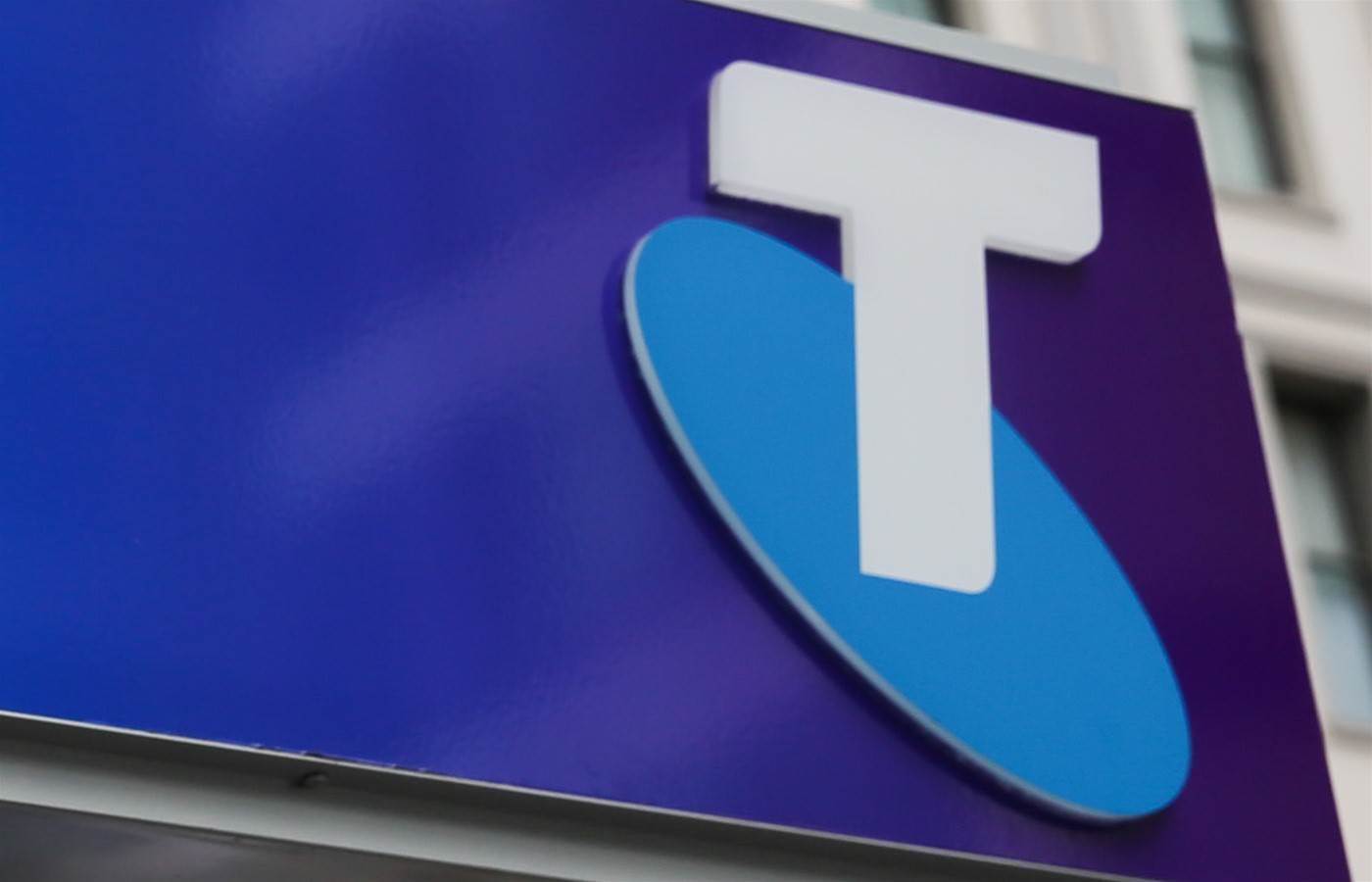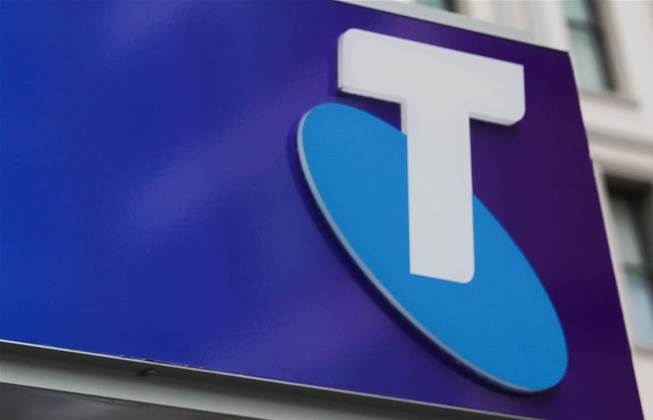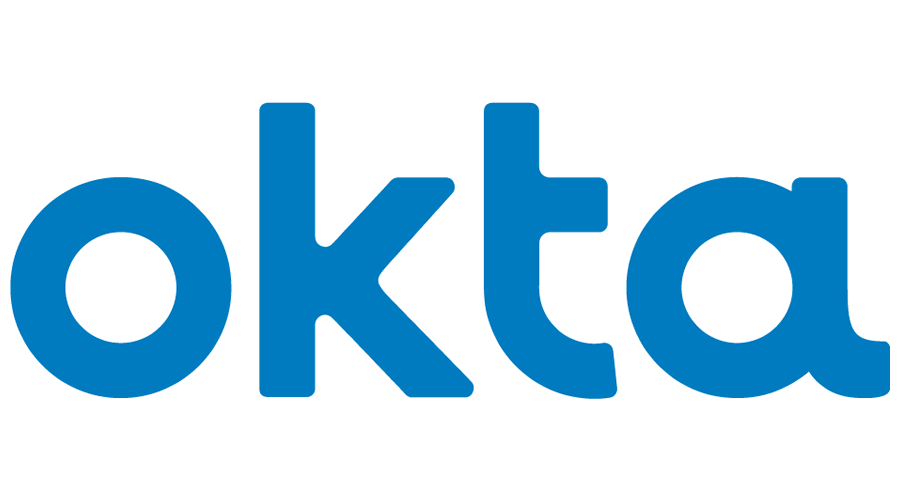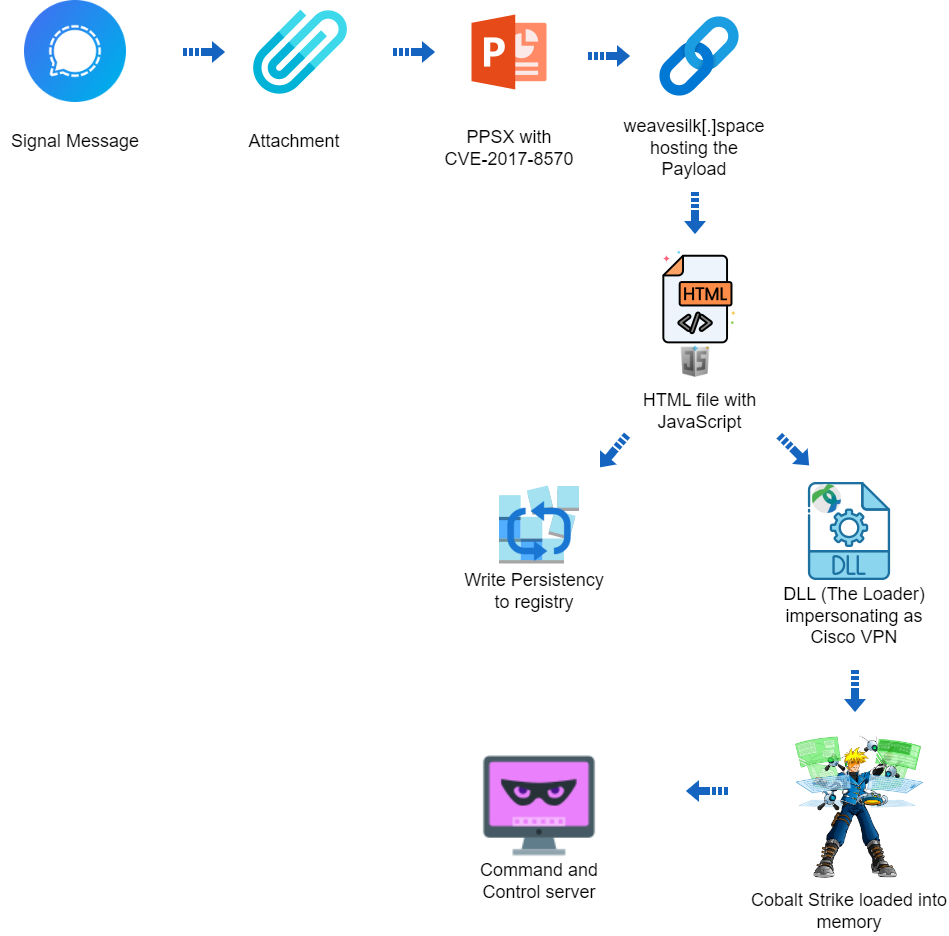
Telstra is trialling a way to keep critical services like eftpos and Services Australia numbers working in the event of a major network outage, by running them temporarily on virtualised infrastructure hosted in the cloud.

Ahead of Mobile World Congress, the telco announced it had completed a proof-of-concept of Nokia’s IP Multimedia Subsystem (IMS) on AWS to determine its effectiveness as a limited backup network.
“This is a backup network for a catastrophic outage,” Telstra network applications and cloud executive Shailin Sehgal said.
“It’s basically an insurance that we [would be] paying for.”
The proof-of-concept was to failover a single voice call from Telstra’s network onto the backup service.
Sehgal noted this is partly due to the complexity of even architecting for that; Telstra’s mobile network is primarily based on Ericsson equipment, not Nokia.
“Making the first call itself was quite complex because this was the first time we needed to integrate not just the AWS infrastructure, on top of it we needed to bring Nokia in, and remember, Ericsson is our predominant network vendor provider, so we needed to make sure that those two technologies talk to each other,” he said.
AWS and Nokia had to build a “translator” to be able to take a call from the Ericsson-powered network and run it successfully on their own infrastructure.
This work meant that Telstra did not test how much load it could push to the backup network in the event of an outage.
“We tested [Nokia IMS on AWS] for functionality [only, but] we got a ‘checkmark’ on that,” Sehgal said.
Architecturally, the Nokia IMS is “deployed on AWS via a hot standby setup”, the telco said in a statement.
“One thing we understand is we cannot have a cold standby setting over there because when we are ready to failover there may be problems with it that are uncovered, so we do plan to leak certain amount of traffic onto it – whether it’s one percent, two percent, three percent, we haven’t yet calculated what that’s going to be,” Sehgal said.
With the service able to run a voice call, Sehgal said the project team now wants to see if it can also carry a limited number of critical data services as well.
“I know we’ve proven it for voice, but the biggest bang for the buck would be when my eftpos machines are down or my messaging doesn’t work if we have a nationwide outage,” he said.
“We want to make sure that we are covering all those use cases.”
Sehgal said the intent is only to route critical services onto the backup cloud-based IMS – so emergency calling, Services Australia contact centre numbers, eftpos and services of that nature.
“Don’t expect us to deliver 100 percent of the [degraded or down] service – whatever we would do would be enough to be deemed as critical communications and bare minimum communication that we would allow to happen during that scenario,” Sehgal said.
“This technology is one way in which we are building a more resilient network, minimising the blast zones and creating an ability to push voice call functionality to the cloud as a backup, in case there is an unplanned network interruption.”
The telco is yet to model the costs of routing different loads onto the cloud-based infrastructure, but noted how expensive downtime is generally.
“We do know that when things go wrong in a network, no amount of cash would be a problem to fix it,” Sehgal said, before adding, “We will make sure that the right economics work for us in that scenario.”
Broader adoption hoped
Sehgal said that the capability would have been useful when Telstra experienced mobile voice outages in two east coast states in May last year.
“In that outage, the underlying IP network was intact, our backhaul network was intact. There was no issue with data – you could still make WhatsApp calls but what you could not do is make voice calls,” he said.
“This IMS-specific use case is going to take care of that. We would make a certain number of calls available in that scenario.”
Sehgal hoped that other telcos – particularly domestically – would see the value of the technology and do the same for their networks.
Across the board adoption, he said, would improve the resiliency of Australian cellular infrastructure by ensuring basic or critical services remained accessible during outages or degradations of primary networks.
“By doing this, we are basically letting globally people work on a model like this where they can solve national outages,” he said.
“Hopefully, Optus will jump on the same bandwagon and so will TPG Telecom.”
Sehgal, however, said that the IMS on public cloud would not be an effective solution to power disaster roaming, whereby the full customer load of one telco would be redistributed to others. Technical feasibility of this is yet to be established.
Multi-cloud compatible
Sehgal added that although the proof-of-concept was on AWS, Telstra was unconcerned at what cloud it utilised, as long as it had the elasticity to meet resource requirements.
We do have a multicloud strategy so we are not stuck on AWS,” he said.
“We did a PoC with them, but the best outcome would be that we have the ability to arbitrage in times of catastrophic conditions, [where] we can spin [up] a network on Azure or Google or AWS.”










